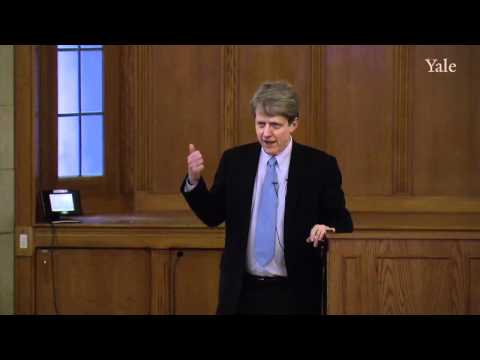Description:
Explore the evolution of central banking and monetary policy in this 72-minute lecture from Yale University's Financial Markets course. Delve into the origins of central banking, from UK goldsmith bankers to the Bank of England's founding in 1694. Trace the development of the US banking system through the Suffolk System, National Banking era, and Federal Reserve's establishment in 1913. Examine central banking approaches in the EU and Japan, focusing on key US monetary policy tools like the federal funds rate and interest on reserve balances. Understand reserve and capital requirements, and analyze their role in recent banking crises. Conclude with insights on regulatory approaches to prevent future financial system instabilities.

Monetary Policy - Evolution and Tools of Central Banking
Add to list